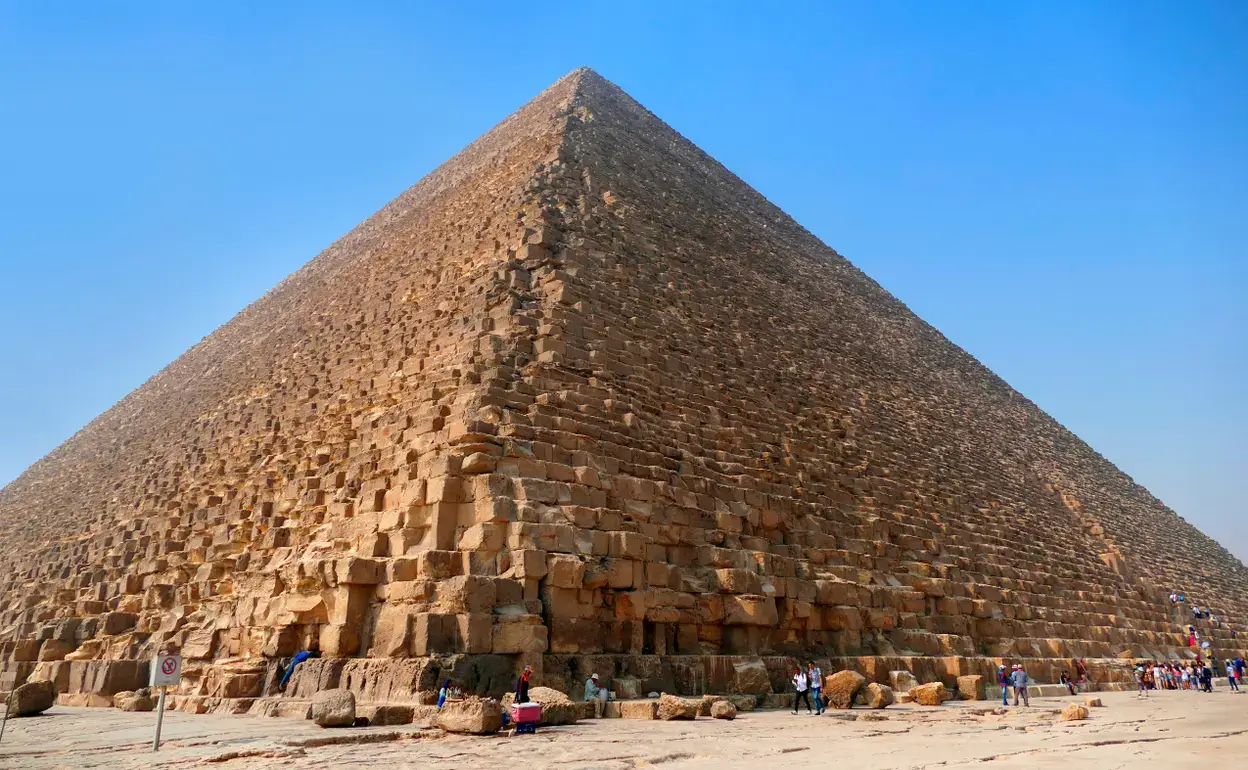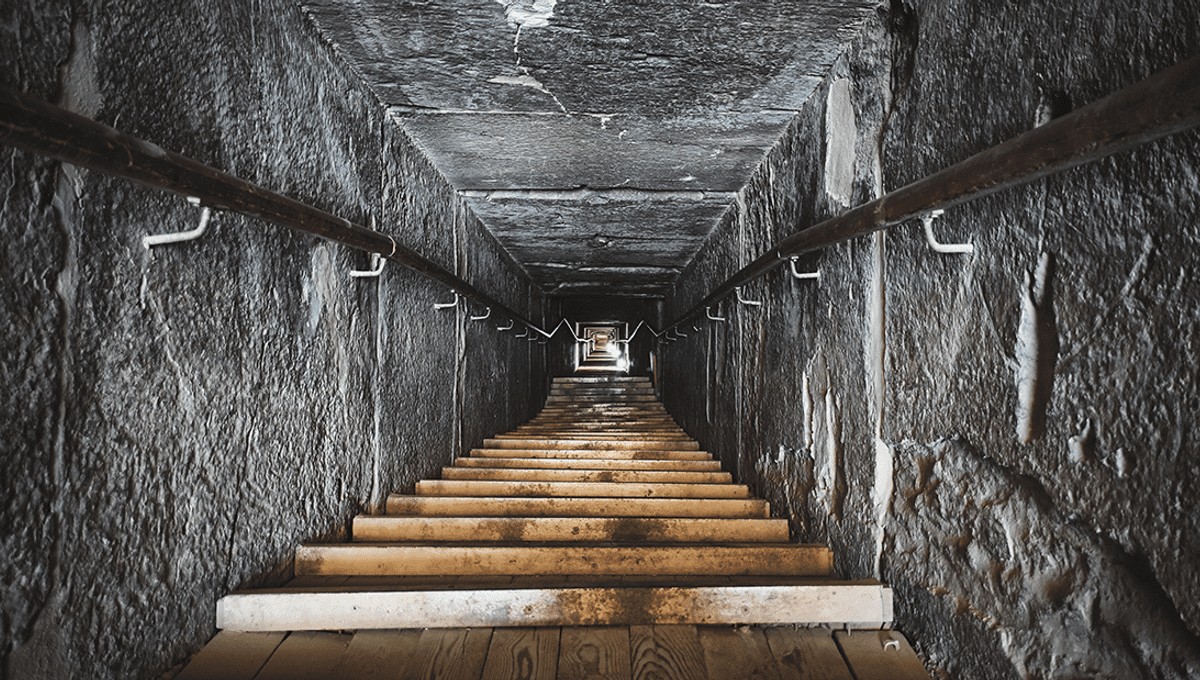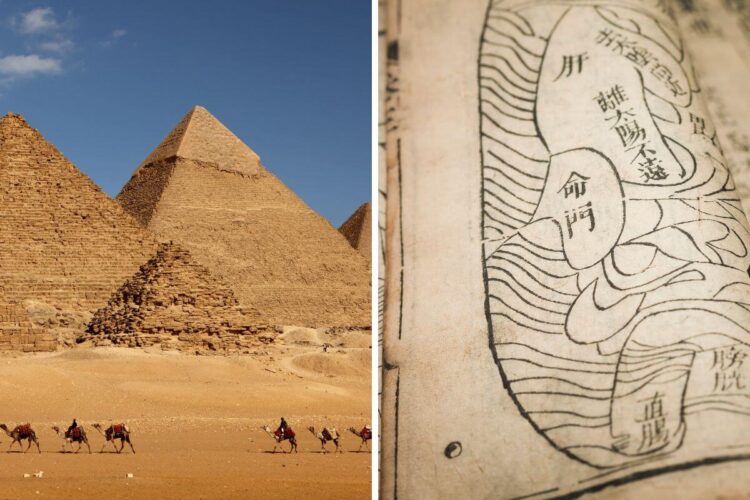A team of scientists have revealed how they believe the Ancient Egyptians built the pyramids.
A new theory suggests that the ancient Egyptians might have used water to ease the process of building the pyramids.
This theory is based on a wall painting that depicts workers moving a statue on a sledge with water poured in front of it.

Physicists believe that the water made the sand smoother and easier to move objects through, contradicting the previous belief that the water was part of a ceremonial act.
The discovery surprised the physicists because it showed such a simple solution to a complex problem.
The pyramids are some of the most impressive and enduring monuments ever built. They were constructed during the Old Kingdom of Egypt, which lasted from about 2686 to 2181 BC.

The pyramids were built as tombs for the pharaohs, who were the rulers of Egypt. The largest pyramid, the Great Pyramid of Giza, is estimated to have taken 27 years to build and used over 2.3 million blocks of stone.
The exact methods used by the Egyptians to build the pyramids are still a matter of debate. However, it is believed that they used a variety of techniques, including ramps, levers, and rollers.
The use of water, as suggested by the new theory, would have made the process of moving the massive stones much easier.
The pyramids are a testament to the ingenuity and engineering skill of the ancient Egyptians.
They continue to fascinate people today, and the new theory about the use of water adds to our understanding of how these incredible structures were built.









